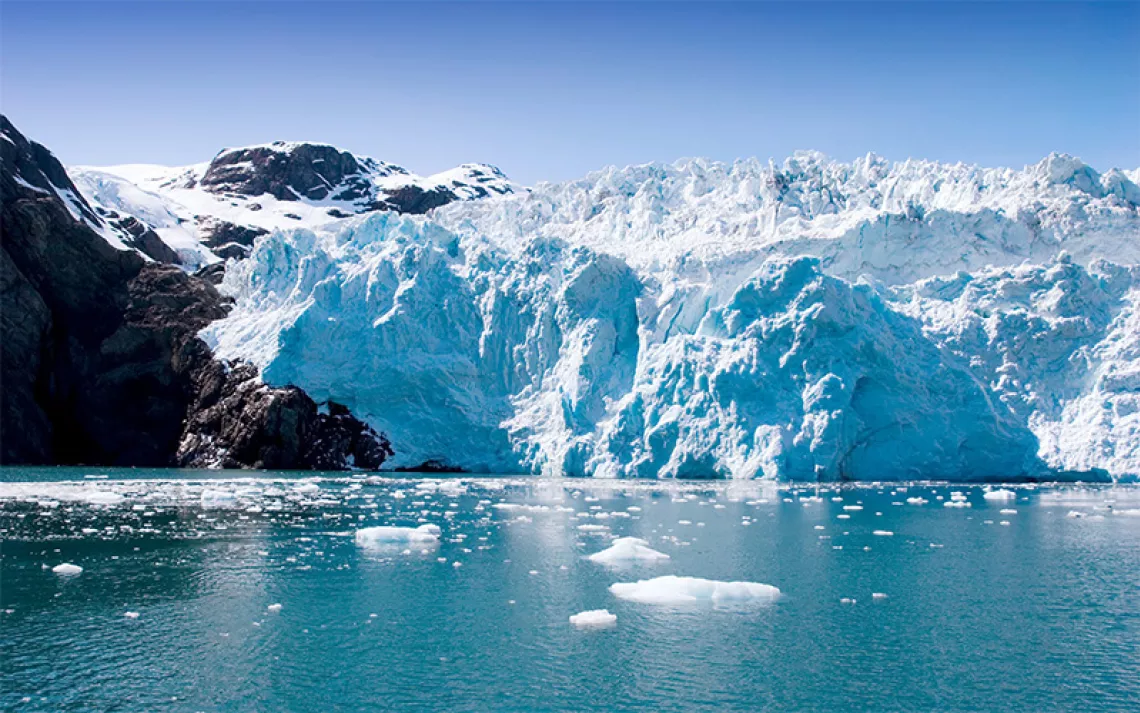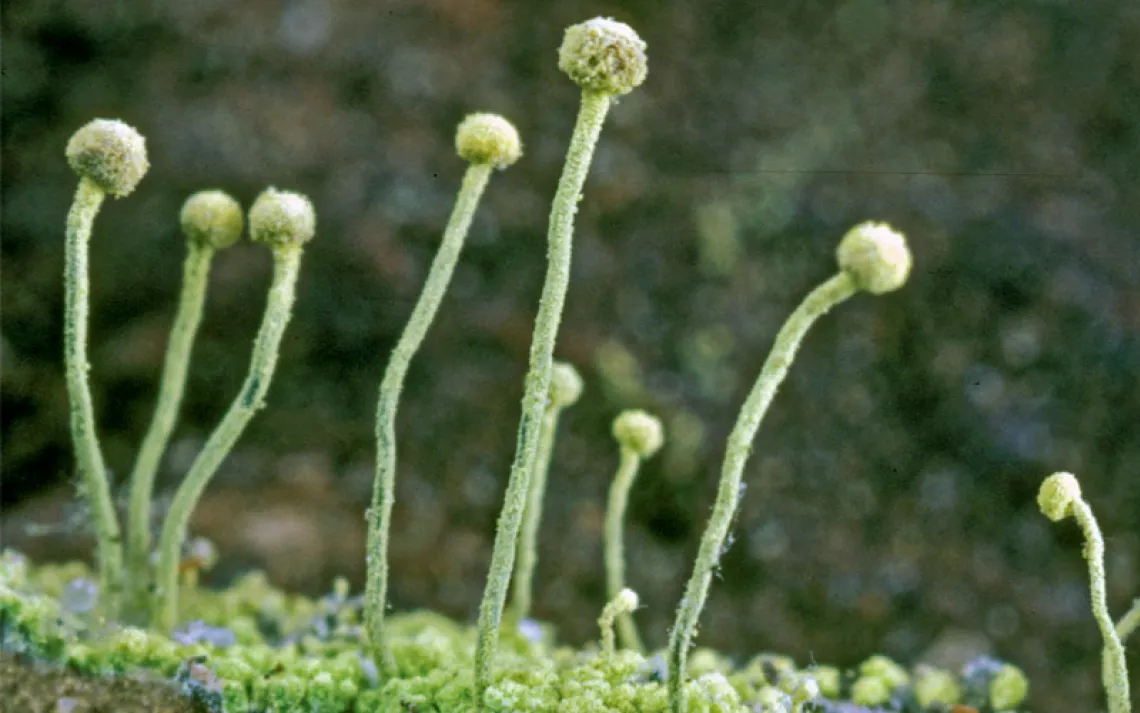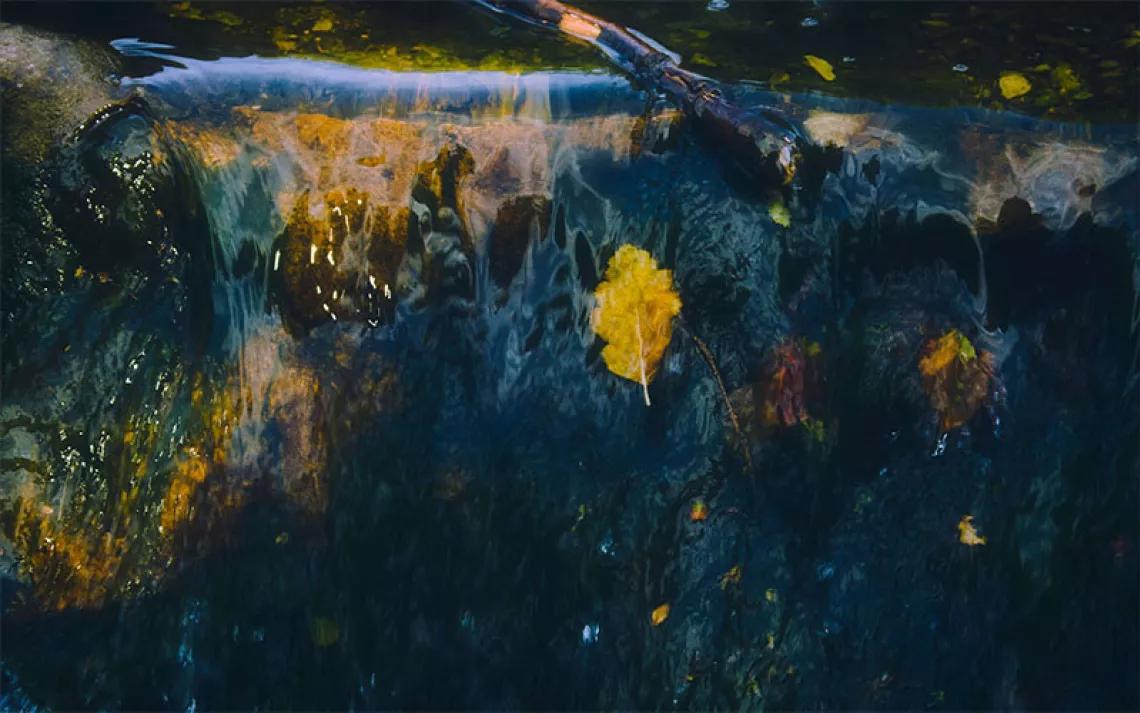Nature's Fireworks: 5 All-Natural Holiday Spectacles That Will Blow Your Mind
July 2, 2014
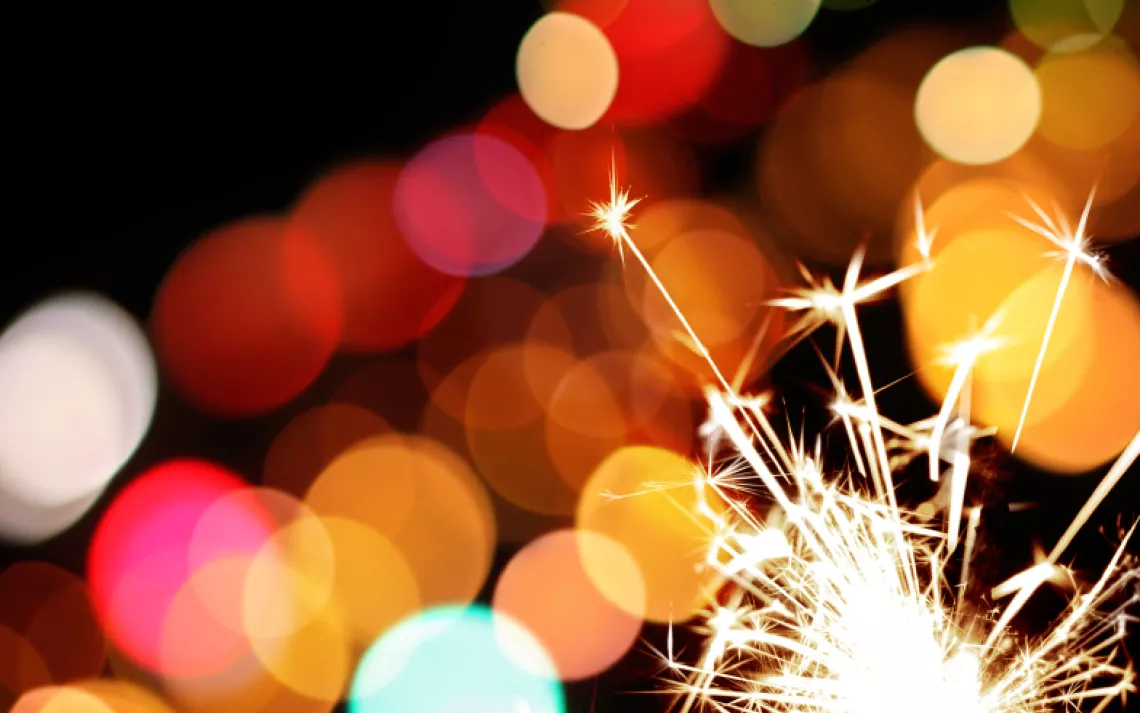
As the Fourth of July approaches, the air is full of the tell-tale smoky scent of recreational explosives, even in states where they have been banned. Fireworks, while festive, are not so green—they contribute to temporary air pollution, noise pollution, and possible health concerns. Whether you’re a fan of the pyrotechnics, or are just looking for a more peaceful, natural alternative to bang-crack-pop of the holiday’s festivities, here are six of nature’s spectacles that rival man-made light shows.
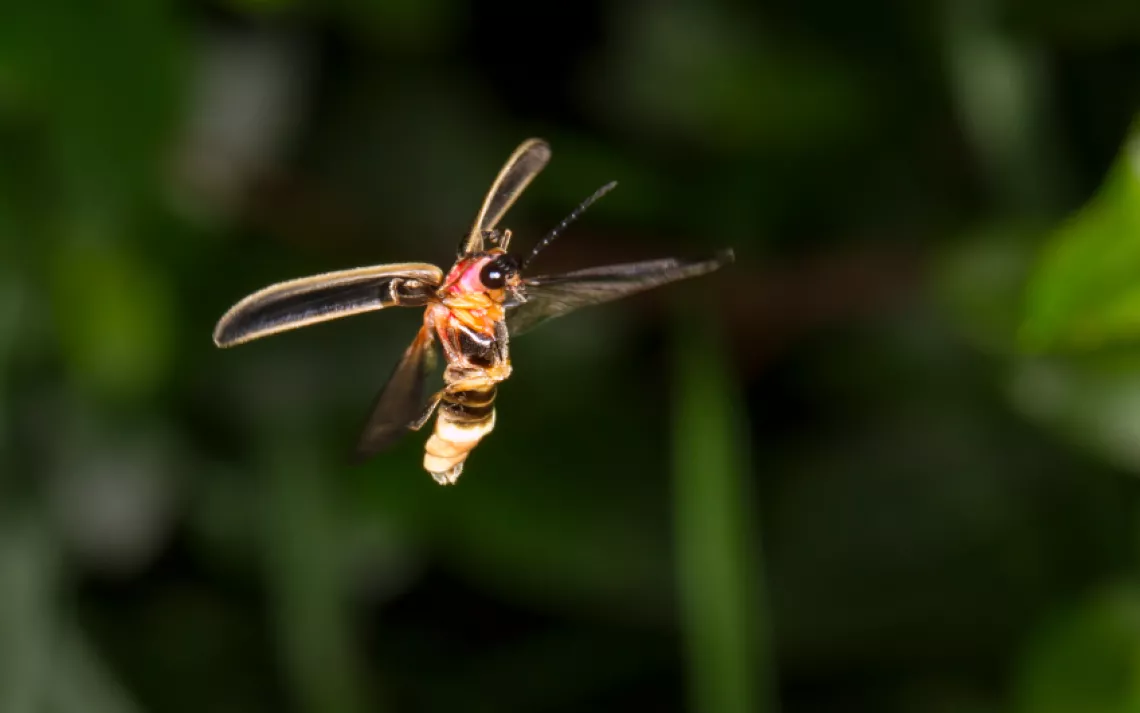
Very few sights can top a glowing cloud of fireflies in a forest grove, blinking on and off in unison like so many tiny stars. This exhibition is a result of the mating rituals of Photinus carolinus, the only species that can synchronize their flashing derrieres in large groups. These displays are so magical that you can buy tickets to see them at Great Smoky Mountain National Park, Allegheny National Park, and Congoree National Park (peak mating season for these bugs is usually between June 10-22).
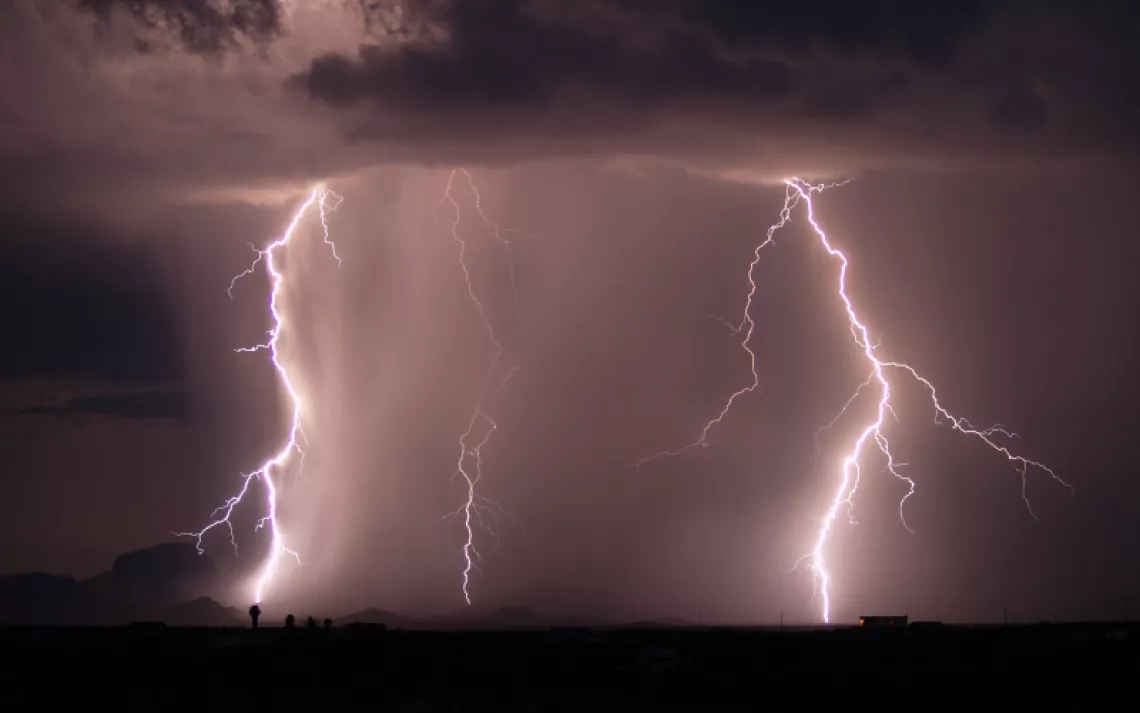
Lightning bolts are hotter than the surface of the sun, but they're essentially just static electricity--on a much larger scale. In a thundercloud, roiling frozen water particles bump into one another, creating positive and negative electrical charges. The charges separate, with positive charge at the top of the cloud and negative charge at the bottom. The ground underneath the cloud grows more positively charged (because opposites attract) and when the charges between the ground and the cloud reach out far enough...ZAP. Just like a shock from the doorknob after shuffling around on a fuzzy rug in your socks. It's a gorgeous and awe-inspiring sight, from a safe shelter. There's nothing like the sight and smell of a summer thunderstorm.
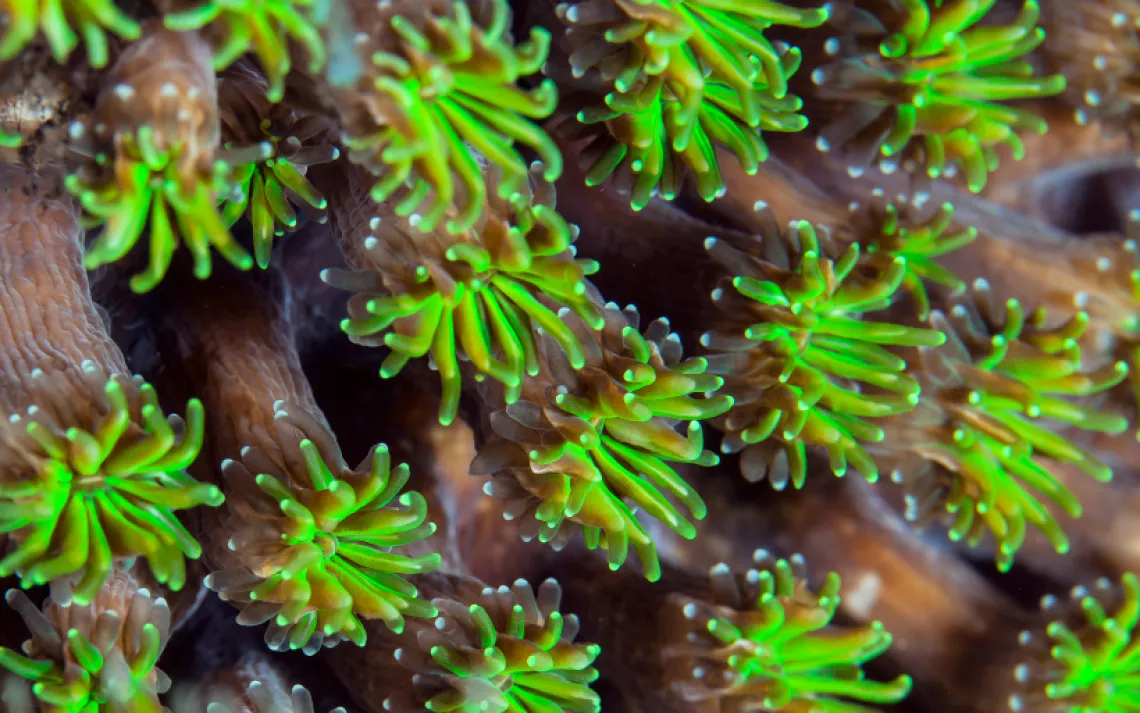
The idea of whole coastlines that glow in the dark may seem like science fiction, but it's a breathtaking reality . Bioluminescence is produced by a chemical process that takes places inside the cells of many marine organisms, from jellyfish and coral to microscopic organisms called dinoflagellates. The latter are what can make bodies of water look like they're glowing, when really it's the ocean's tiny inhabitants that are emitting the light. They prodice light using a chemical mechanism similar to those of fireflies, and emit light when disturbed, like when the waves they're riding crash against the shore. In 2011 you could catch biolumiscent shores in San Diego, and they occur frequently in the Maldives--keep your eyes peeled and you could catch one of these glowing, blue waves. Check out some amazing photos here.
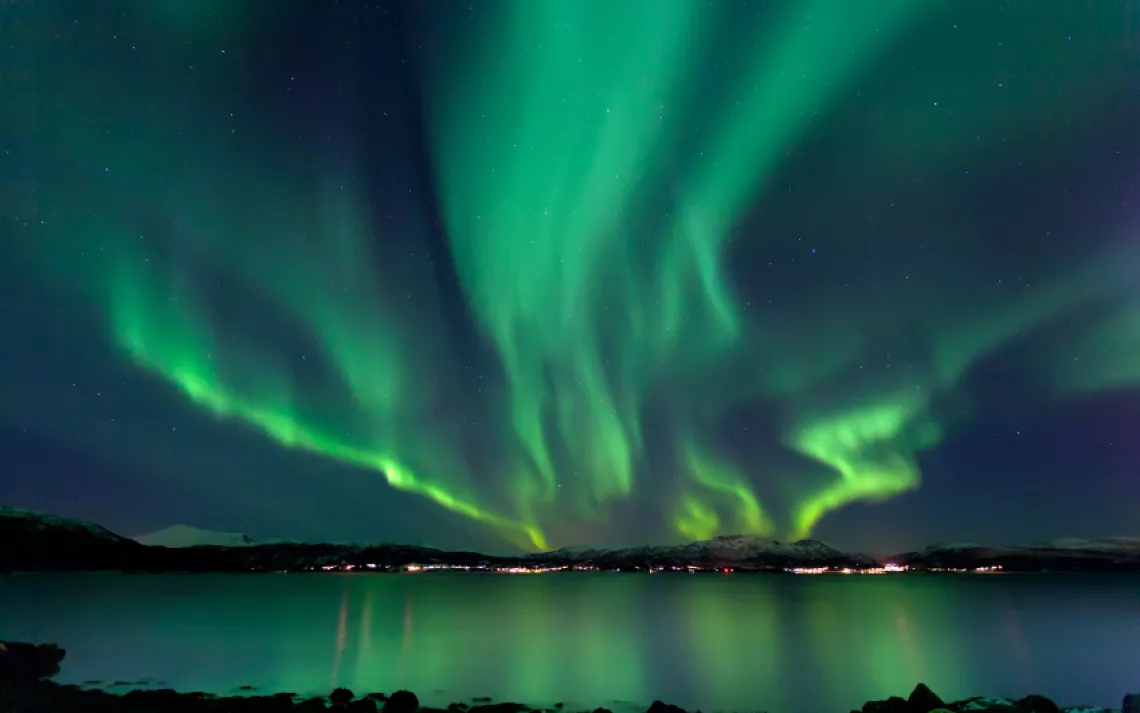
If the spectacular Northern Lights seem otherworldly, it’s because they are. These ethereal lights are the result of collisions between charged particles released from the sun's atmosphere and gases in the Earth's atmosphere. The dominant color is dependent upon the type of gas particles involved--pale yellowish-green, the most common color, is produced by oxygen molecules while nitrogen produces blue or purplish-red aurora. The Northern lights can be seen most clearly in, you guessed it—the north. Places like Canada, Greenland, Iceland, and northern Scandinavia, as well as Antarctica are subject to glorious displays in the winter. New Year’s party at the North Pole?
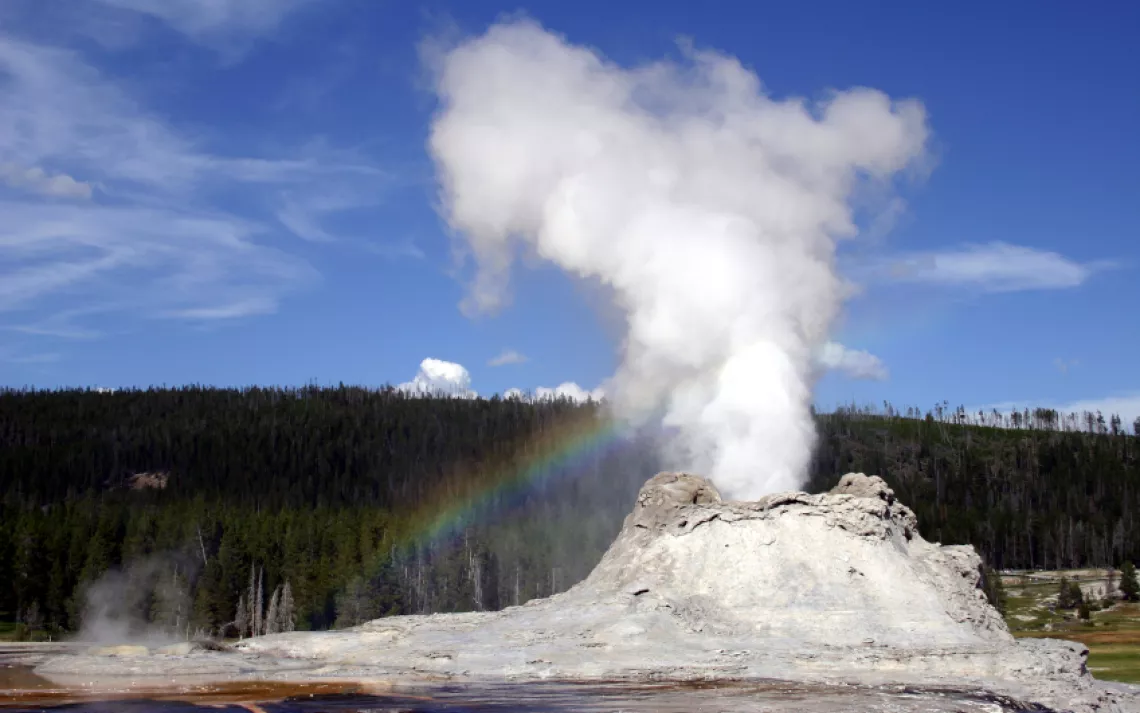
If volcanoes are a little extreme for you, head over to Yellowstone National Park to witness the magnificent geysers—much less deadly and more predictable. They’re formed by unique hydrogeological conditions when water meets a magma pocket. The water gets crazy hot (199°F) but is under too much pressure to boil, so it becomes steam. As this vapor starts to expand and rush upwards, it forces the rest of the water up and well, the rest is history. Quite a dazzling display, and no risk of wildfire.
Maren Hunsberger is an editorial intern at Sierra. She is a rising senior studying biology and environmental science at the College of William and Mary. She loves hiking, running, animals of all shapes and sizes, and wants to be David Attenborough when she grows up.
More articles by this author The Magazine of The Sierra Club
The Magazine of The Sierra Club

